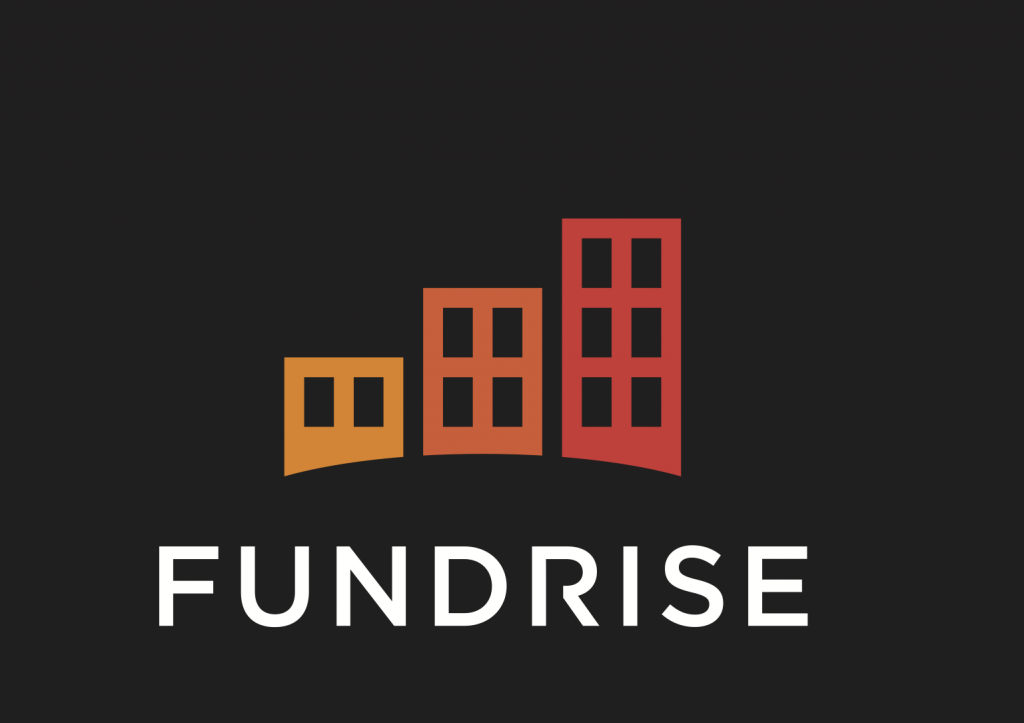
Most of us have heard about crowdfunding. It is a way that many people have utilized the power of the masses in order to get their idea off the ground. There are multiple resources depending on if you have a business idea, a product idea, or a charity idea, but the concept is still the same. Use resources from dozens, hundreds, or even thousands of people in order to raise the capital you need for your idea.
Fundrise uses this approach for real estate investing. Those who are looking to invest in real estate, but don’t want to take the risk of buying an actual building (or can’t afford it), have an alternative. To learn more, keep reading our in-depth Fundrise review.
What is Fundrise?
Fundrise takes a new approach to real estate investments. The goal of the company is to allow everyone access, and not just those that are rich enough. Since not too many people can afford to buy a multi-million dollar commercial real estate building, the only option for the small investor is to buy in through a real estate investment trust (REIT). Many of those REITs are good investments, but they sometimes don’t suit the needs of those who want to invest in real estate.
Essentially what this company does is gather investments from hundreds of people to fund the purchase of the building. That building is then rented out, and the returns are passed on to the investors. The original method on how the crowdsource funding would work a bit like this.
How Fundrise Works
100 people invest $10,000 each into a building that costs $1 million. Each person now owns 1% of the building. That building generates $100,000 per year in rental income (or 10% of its value per year), and after management fees and expenses are taken out (let’s assume 1%) there is $90,000 of profit. This is divided amongst the 100 investors, so each takes home $900; or a 9% return on their investment.
There was a problem though. If the building was poorly managed, the investors wouldn’t see the return they desired. To minimize the risk of having your entire investment in one product, Fundrise has streamlined those investments. Instead of putting all of your money into one property, the company has built funds and REITs. These groupings minimize your risk by spreading your investment out through many properties. The different eDirect investments are grouped according to an area of the country, or the desired outcome (growth vs. income). By creating their own REITs and funds, Fundrise is able to minimize fees on the accounts.
But the program works the other way as well. Let’s suppose you want to build a commercial building, but you only have $500,000. You need to raise the other 50% of the costs, and you are having trouble obtaining a conventional loan, and there are no investors out there willing to risk that much money. You can fund your own project through Fundrise and hasten your closing date.
There’s one catch though; the program is extremely popular. This means that they are very picky about who can be accepted. The properties must be in the top 25 MSA’s (Metropolitan Statistical Area) in the country. If it meets the basic guidelines, then it goes through a rigorous 350 point screening process. Only if it passes will it be sent through another underwriting to determine viability.
Benefits of Fundrise
The idea is simple: real estate is often seen as a great investment. Even when the market goes south, there will always be a need for a place to live and for commercial buildings. Using their own REITs and funds, Fundrise is able to offer investments into the real estate world for those who are unable to, or unwilling to, purchase a building themselves. As of December 2017, the “Income Fund” was producing 10.5% dividends (paid quarterly).
On the other side, those funding their projects, have a number of benefits as well. Instead of relying on one or two large investors, they can now rely on multiple smaller investors. They don’t need to convince a few investors to take a lot of risk. Instead, they can use the Fundrise platform allowing a lot of investors to take a little risk.
In the end, the smaller investor can reap the bigger rewards, and the owner gets funding faster.
Pitfalls of Fundrise
As with all investments, there are some downsides. Many of the risks have been minimized by creating the funds and REITs that spread investments out through many projects. There is still the risk of a single project failing. Fundrise as a company could go under, and other issues. While it would be detrimental to the fund, it wouldn’t wipe it out completely.
When Fundrise first started, you had to be an accredited investor. Accredited investors have an income of over $200,000 per year (or $300,000 for a married couple), and a net worth of over $1 million. There are a few other specifications for companies that wanted to become investors as well.
If investors were still putting money into single projects, being an accredited investor would still be a reasonable regulation; it would take thousands of people investing a few hundred dollars to fund an entire building. However, since the creation of the REITs and funds, it opens things up to anyone that wants to invest.
All investors have the opportunity to invest in Fundrise. With just $500 you can open an account, and then add to it regularly; the same you would with any other investment account. Fees are just 0.15% per year, and there is a 90-day money back guarantee if you’re not happy with your investments.
Would You Use Fundrise?
Real estate is often a recession-resistant investment. Currently, the stock market is still bullish even with the recent pullback. Returns are looking good almost no matter where you put your money. However, they won’t always be that way. There’s no guarantee that the dividends being produced today will continue, but Fundrise is a great way to spread your risk around, create extra income (or growth) and offset any losses that you may end up experiencing as a result of market fluctuations.
Strong investments that are currently yielding strong returns. Fundrise looks like a great way to invest in real estate without the hassle of dealing with tenants and repairs.
Sign up for Fundrise

